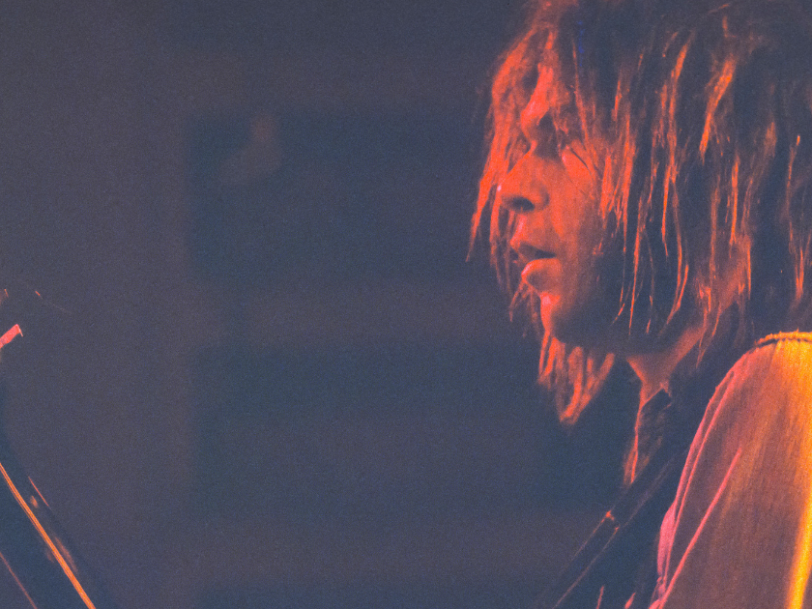The albums Neil Young makes with Crazy Horse aren’t necessarily his biggest sellers, but they’re often held in particularly high esteem by his most committed fans. Usually resulting in spirited, rootsy rock records which prioritise vibe over precision, the two parties’ on-off 50-plus-year union has produced a catalogue of music liberally sprinkled with magic – and it began on a major high with their debut album together, May 1969’s Everybody Knows This Is Nowhere.
The backstory: “Neil would come out and play acoustic with us”
Now widely regarded as one the best debut albums in rock music, Everybody Knows This Is Nowhere came together in just seven days, and it established the relaxed, almost laissez-faire approach to making music that Neil Young and Crazy Horse have largely adopted together ever since.
Indeed, Young didn’t even audition the band’s original trio of guitarist Danny Whitten, bassist Billy Talbot and drummer Ralph Molina. He first encountered them when they were playing alongside violinist Bobby Notkoff and lead guitarist Leon Whitsell in The Rockets, a psychedelic-flavoured folk-rock group whose lone, self-titled album was released just before Young left Buffalo Springfield in 1968.
- Best Neil Young Songs: 20 Classics That Hit Like A Hurricane
- Nils Lofgren Reveals “The Music And The Madness” Behind Neil Young’s ‘Tonight’s The Night’ Tour
- ‘Live Rust’: This Landmark Neil Young Album Will Never Fade Away
“Neil would come out to [Billy Talbot’s] house in Laurel Canyon, after he left the Springfield, and play acoustic with us and talk,” Molina recalled in a 2021 interview with Perfect Sound Forever. “After we became The Rockets, we were going to play the Whiskey [A Go Go] in Hollywood. We asked him to come sit in with us, which he did. We then formed into Crazy Horse and recorded Everybody Knows This Is Nowhere.”
Listen to ‘Everybody Knows This Is Nowhere’ here.
Young also expressed his thoughts on Crazy Horse’s formation in the 1997 documentary Year Of The Horse. “I asked those three guys to play with me as Crazy Horse. And I thought The Rockets could go on, too,” he said. “But the truth is, I probably did steal them away from the other band, which was a good band. But only because what we did, we went somewhere… This thing [with Crazy Horse] moved, this thing took off, and their other thing didn’t.”
The meaning behind ‘Everybody Knows This Is Nowhere’
The fact that Crazy Horse had a natural affinity as a unit gave Young a significant boost at a time when the Canadian American singer-songwriter was at a low ebb. He had tasted commercial success with Buffalo Springfield, but that band’s messy split and the relative failure of his self-titled solo debut album had left him feeling burned.
He expressed his disillusionment with the Los Angeles music scene in the lyrics to Everybody Knows This Is Nowhere’s title track: a concise, country-flavoured song which sounded relatively laidback, yet included lines such as “I gotta get away from this day-to-day running around” and “I think I’d like to go back home and take it easy”, all of which reflected a sense of disappointment in the illusory nature of success. Indeed, in his 2008 book, The Words And Music Of Neil Young, music lecturer Ken Bielen suggests Young firmly believed that fame and success were “nowhere for a performer to aspire to be”.




